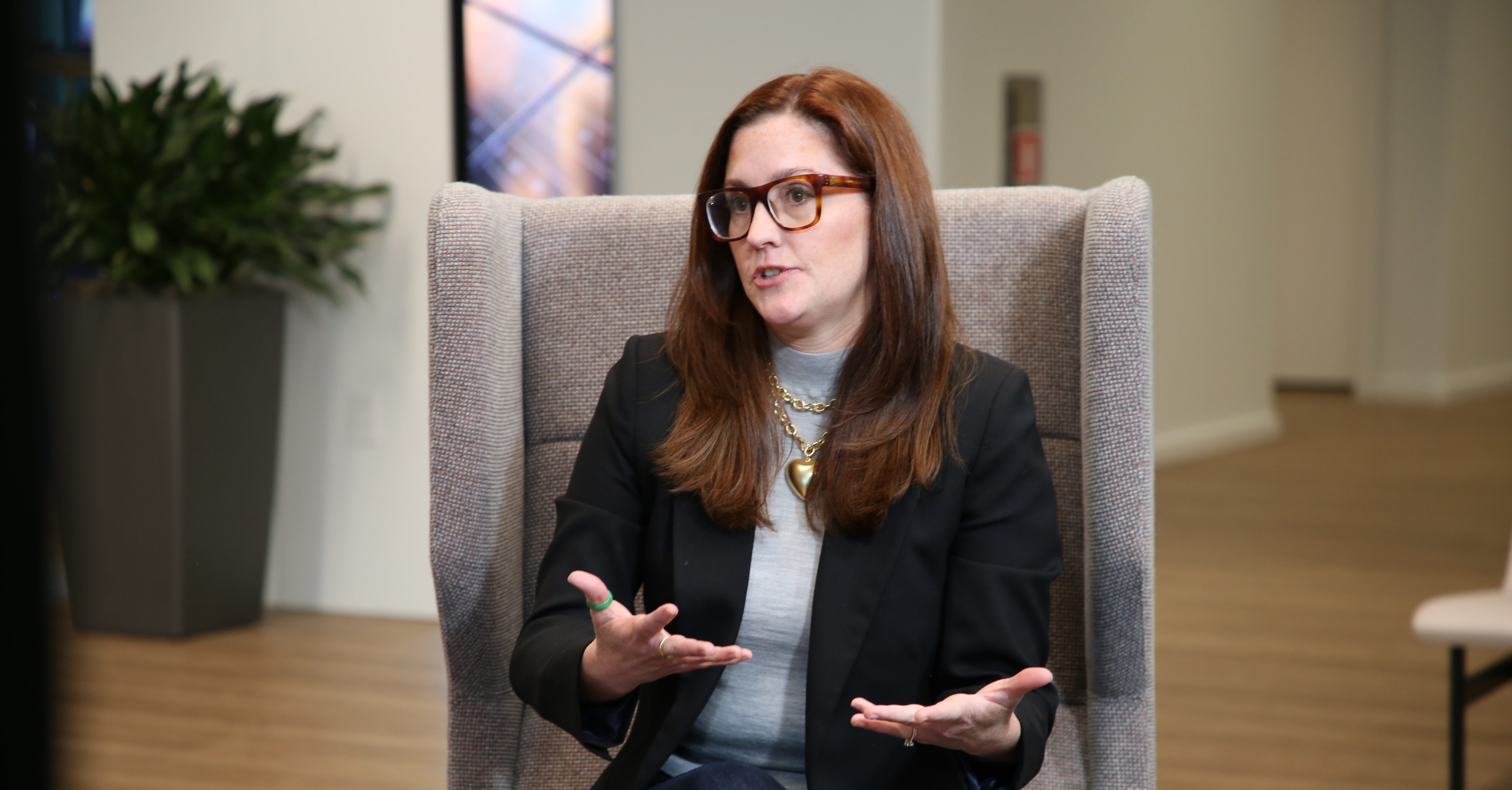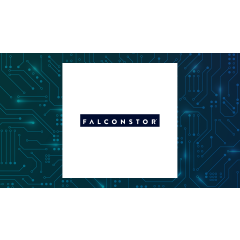
IT departments are facing rapidly evolving demands on their infrastructure. They must manage traditional workloads like virtual machines and databases while also supporting modern needs such as AI, containers, edge computing and increasingly complex multi-hypervisor environments.
New pressures are emerging, including AI mandates, unpredictable costs, sustainability priorities and disruptions in virtualization, according to Arthur Lewis, president of the Infrastructure Solutions Group at Dell Technologies Inc. These challenges are reshaping strategies and pushing IT teams toward smarter resource use and greater flexibility.
“In response, IT architecture is undergoing a significant transformation. We’re moving toward disaggregated infrastructure, which eliminates the compromises of older architectures by combining the flexibility of three-tier systems with the simplicity of hyperconverged infrastructure, or HCI,” Lewis said. “As organizations increasingly shift to multi-hypervisor environments, the need for a more flexible approach to private cloud infrastructure has never been more critical.”
Organizations have three key requirements for this new approach: avoiding hypervisor lock-in, enabling flexibility to move between cloud operating systems, and ensuring efficient independent scaling of compute and storage, according to Lewis. These priorities around multi-hypervisor environments and other factors are shaping how IT strategies and solutions are designed.
“At Dell Technologies, our portfolio of infrastructure and software is ready for this transition,” Lewis added.
Organizations are actively working to modernize their infrastructure and private cloud strategies, according to Dave Vellante, chief analyst at theCUBE Research. A key challenge is finding the right balance between cloud and on-premises environments.
“[They must] modernize their operating environment because AI and application modernization [is] going to drive the next wave of innovation,” Vellante said. “We’re starting actually to already see that in the productivity numbers.”
Enterprises are working to regain control of costs, strengthen cyber resilience and scale operations with greater confidence. During the recent “5 Steps to a Smarter Private Cloud” event, theCUBE spoke with industry experts about multi-hypervisor environments and how open, flexible architectures help organizations avoid lock-in while boosting performance and agility. (* Disclosure below.)
Steps to a smarter private cloud
In laying out their strategy, Dell has outlined five steps to what they call a smarter private cloud, starting with choosing the right architecture. There’s an ongoing shift toward disaggregated infrastructure, driven by the need to manage both modern and traditional workloads, according to Alyson Langon (pictured), director of product marketing at Dell.
“A lot of challenges around disruption with AI mandates, that acceleration virtualization space, are really driving this move,” Langon said. “What it does is it eliminates the compromises of older architectures by combining the flexibility of three-tier systems with the simplicity of hyperconverge.”
Disaggregated infrastructure combines the best of traditional approaches while offering greater flexibility, according to Langon. Dell differentiates itself through industry-leading hardware, including storage, servers, networking and data protection.
“This is really our foundation where we lead across the board,” Langon said. “Layering on top of that is our open ecosystem. The concept of a shared data layer here is very important to being able to store and manage and run all of these different workloads, working with all of these different software partners.”
The next pillar focuses on intrinsic data security, meaning security built into every layer of the infrastructure. This approach ensures proactive, comprehensive protection for data.
The final piece is software-driven automation across Dell’s entire portfolio. This includes the Dell Automation Platform, as well as built-in capabilities such as intelligent monitoring within the infrastructure.
“Automated is issue remediation with AIOps, our data reduction and compression capabilities — all of that, built-in across the stack,” Langon added.
Dell and Intel aim to power next wave
Private clouds are undergoing a modernization, with many shifting from hyperconverged infrastructure toward disaggregated infrastructure. The key question is why this transition makes sense for customers as they evolve their private cloud strategies.
For Intel Corp., it’s important to recognize the value hyperconverged infrastructure has delivered over the past decade, especially in driving significant operational efficiency. Looking at its history, each new release of hyperconverged infrastructure delivered steady incremental value, according to Flavio Fomin, technical sales consultant at Intel Corp.
“Like any technology, what we’re going to see here is that at some point that incremental innovation stops addressing some of the main pain points that the organizations have,” Fomin said during the event.
Dell Private Cloud is an architectural innovation designed to address key pain points by delivering greater automation and flexibility, according to Fomin. It builds on the hyperconverged experience while opening the door to new innovation opportunities.
The new Dell private cloud model allows businesses to bring their own cloud operating system. Intel innovations have also helped to benefit people who are moving to Dell Private Cloud, according to Fomin.
“You have that opportunity now to improve in a significant way your overall CPU capacity … and improving also the overall power consumption,” he said.
AMD aiming to help customers modernize
Advanced Micro Devices Inc. has also sought to build on Dell’s vision for a smarter private cloud. AI and evolving workloads are reshaping customer priorities, and AMD technology is central to meeting those demands, according to Juan Martinez, senior director of OEM/ODM enterprise and HPC at AMD.
“We are in the middle of a very important moment with AI. I think we can easily conclude that AI is significantly changing the way that the data center is defined,” Martinez said. “Most of us and our customers are probably asking, ‘Hey, what are the right tools that we need to have in order to be able to be ready for AI?’”
Many customers are realizing that the tools they relied on in the past may not be the ones they need for the future, especially with the rise of AI. Across industries, they face two outcomes: either become a disruptor or risk being disrupted themselves, according to Martinez.
“I think many of these companies, the customers are looking into, ‘How am I going to modernize those legacy applications, that legacy hardware?’” he added.
Organizations are being pushed out of their comfort zones and must make pragmatic decisions to modernize their data centers. AMD supports this shift with its EPYC processors, delivering consistent execution and a strong value proposition across five generations of technology, according to Martinez.
“We are demonstrating that they can gain significant performance and improvements, gen over gen,” he said.
VMware acquisition continues to reverberate
Amid this new era of multi-hypervisor environments and other developments, Broadcom Inc.’s VMware acquisition has disrupted the hypervisor landscape and forced organizations to reconsider their private cloud strategies. Organizations are seeking more choice, flexibility and investment protection as they navigate this transition, according to Caitlin Gordon, vice president of product management at Dell.
“It’s been almost two years since the acquisition of Broadcom and VMware, and it’s been a tough couple years for our customers,” Gordon said. “It is something that was extremely stable for them in their data centers.”
The acquisition and changes in pricing, packaging and routes to market have significantly influenced how organizations design and architect their private clouds and choose partners. It has even shaped the way they think about their AI architectures, according to Gordon.
“The chain reaction is a good way to think about it. It was an acquisition of one company of another, but it then led to very big changes, which have actually required nearly every customer I talked to really think about, what do they want their private cloud design and architecture to be,” Gordon said.
Many companies feel like they’ve lost control, even with an abundance of choices. Dell’s strategy is designed to ensure that regardless of which option they choose, the underlying architecture and infrastructure can fully support it today, according to Gordon.
“But also knowing that it won’t lock you,” Gordon added. “That disaggregation of the infrastructure, but also the hypervisor container layer from that infrastructure, is really, really critical.”
The Dell Private Cloud brings together decades of innovation into a solution that aligns with what companies are now demanding. There’s an effort at play to build what’s needed.
“It brings together the simplicity and the automation, the validation work that we always built into our industry-leading HCI portfolio,” Gordon added.
A new environment of multi-hypervisor environments and more
Dell’s concept of a smarter private cloud amid a new environment of multi-hypervisor environments and other developments comes down to key steps: choosing the right architecture, scaling compute and storage independently, automation and built-in cyber resilience. Automation is also critical because humans alone can’t keep up with the complexity.
Dell positions Private Cloud and NativeEdge as ways to simplify operations and extend protection to the edge. There’s also a goal to ensure cyber resilience is built in from the start, according to Vellante.
With PowerProtect, Dell aims to deliver decades of expertise in faster recovery, improved efficiency and stronger security. The big picture is that organizations must support both traditional and AI workloads, balance on-prem and cloud environments, and address new cyber threats, Vellante explained.
“By the way, there’s all these sustainability pressures as well, powering the next generation of data centers. Dell’s challenge, of course, is to construct a portfolio to address all of these issues,” he said.
To watch theCUBE’s full coverage of the “5 Steps to a Smarter Private Cloud” event, here’s our complete event video playlist:
(* Disclosure: TheCUBE is a paid media partner for the “5 Steps to a Smarter Private Cloud” event. Neither Dell Technologies Inc., Intel Corp. or Advanced Micro Devices Inc., the sponsors of theCUBE’s event coverage, nor other sponsors have editorial control over content on theCUBE or SiliconANGLE.)
Photo: SiliconANGLE



